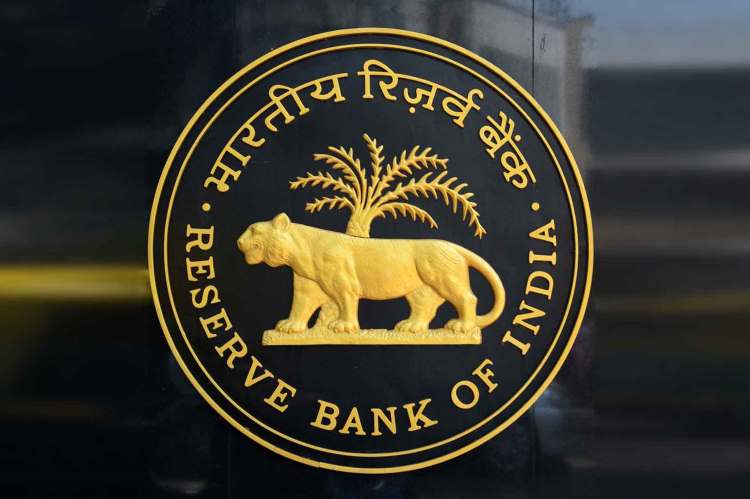
The RBI MPC is meeting amid a backdrop of complex economic dynamics, both domestic and international. With the Indian economy outperforming expectations and major global central banks taking varied stances on interest rates, the MPC’s decision on the repo rate will be closely scrutinised. Economy watchers expect the committee to vote for status quo in the ongoing meeting.
The RBI had raised the repo rate to 6.5% in February last year, and kept it unchanged in the next seven Monetary Policy Committee meetings. The central bank raised the benchmark rate by 250 basis points since May 2022.
READ | UPI: Convenience, security, and impulsive spending
India’s recent economic indicators paint a robust picture. The Economic Survey highlights sustained growth in key sectors such as agriculture, manufacturing, and construction. The current account remains balanced, supported by strong invisible earnings despite a challenging trade balance. Financially, credit growth is on an upward trend, although deposits are shifting towards mutual funds and physical assets. Fiscal policy is on a consolidation path, with the gross fiscal deficit budgeted at 4.9% for 2024-25, a significant reduction from previous estimates.
Tax collections are on the rise, with corporation tax, GST, and income tax all projected to increase. Capital expenditure is also set to rise, fostering long-term economic growth. Notably, market borrowings are budgeted to decrease, reducing pressure on interest rates. Inflation is within target ranges, though some volatility in vegetable prices has been observed. The exchange rate remains stable, and foreign exchange reserves are at a record high of $667.4 billion.
Global economic trends
Globally, central banks are navigating varied economic landscapes. The Bank of England (BoE) recently cut its interest rate by 25 basis points to 5.0%, and the European Central Bank (ECB) also reduced its rates in June. Conversely, the Federal Reserve (Fed) in the United States has maintained its rates at a 23-year high but indicated potential rate cuts starting in September, depending on inflation and employment data. The Fed’s cautious approach reflects ongoing concerns about inflation and labour market conditions, despite significant progress in reducing inflation from its post-pandemic highs.
Meanwhile, the Bank of Japan (BoJ) has taken a more aggressive stance, raising its benchmark interest rate to 0.25% and reducing its bond purchases. This move aims to address the weakening yen and rising inflation, marking a shift in the global economic environment.
The global economic growth scenario remains uneven, with advanced economies experiencing slower recoveries compared to emerging markets. The International Monetary Fund (IMF) has forecasted moderate growth for 2024, citing lingering effects of the pandemic, geopolitical tensions, and supply chain disruptions as key challenges. In contrast, several emerging economies, particularly in Asia, are poised for stronger growth, driven by robust domestic demand and structural reforms. However, rising energy prices and inflationary pressures pose significant risks globally. The differing pace of recovery across regions is influencing central banks’ monetary policies, leading to a divergent approach in managing inflation and supporting economic activity.
Implications for RBI MPC
Given these domestic and international contexts, the RBI’s MPC faces a critical decision. Despite India’s impressive growth rate of 7%, there is potential for even higher growth in the range of 9-10%, particularly given the country’s young demographic. High interest rates, however, could stifle this potential by deterring private investment and major household expenditures.
The recent actions by the BoE and ECB suggest that India could decouple its monetary policy from the Fed, particularly as the Fed is unlikely to reduce rates before the U.S. elections in November. A proactive rate cut by the RBI could stimulate investment and growth, aligning with the government’s increased capital expenditure and encouraging private sector investment.
Considering the robust domestic economic performance and the actions of other major central banks, a 25 basis point cut in the repo rate is possible. A cut could provide a necessary boost to investment and consumption, supporting India’s growth trajectory without significantly jeopardising the inflation targets. The stable exchange rate and high foreign exchange reserves further bolster the case for a rate cut, providing a cushion against potential external shocks.
As the MPC deliberates, it is crucial to balance the need for continued economic growth with the objective of maintaining financial stability. A carefully calibrated rate cut would signal the RBI’s commitment to fostering a conducive environment for sustainable economic development. A 25 basis point cut in the repo rate by the RBI would not only align with current global monetary trends but also enhance domestic economic momentum, setting the stage for India to achieve its full growth potential.
Dr Charan Sigh is a Delhi-based economist. He is the chief executive of EGROW Foundation, a Noida-based think tank, and former Non Executive Chairman of Punjab & Sind Bank. He has served as RBI Chair professor at the Indian Institute of Management, Bangalore.

